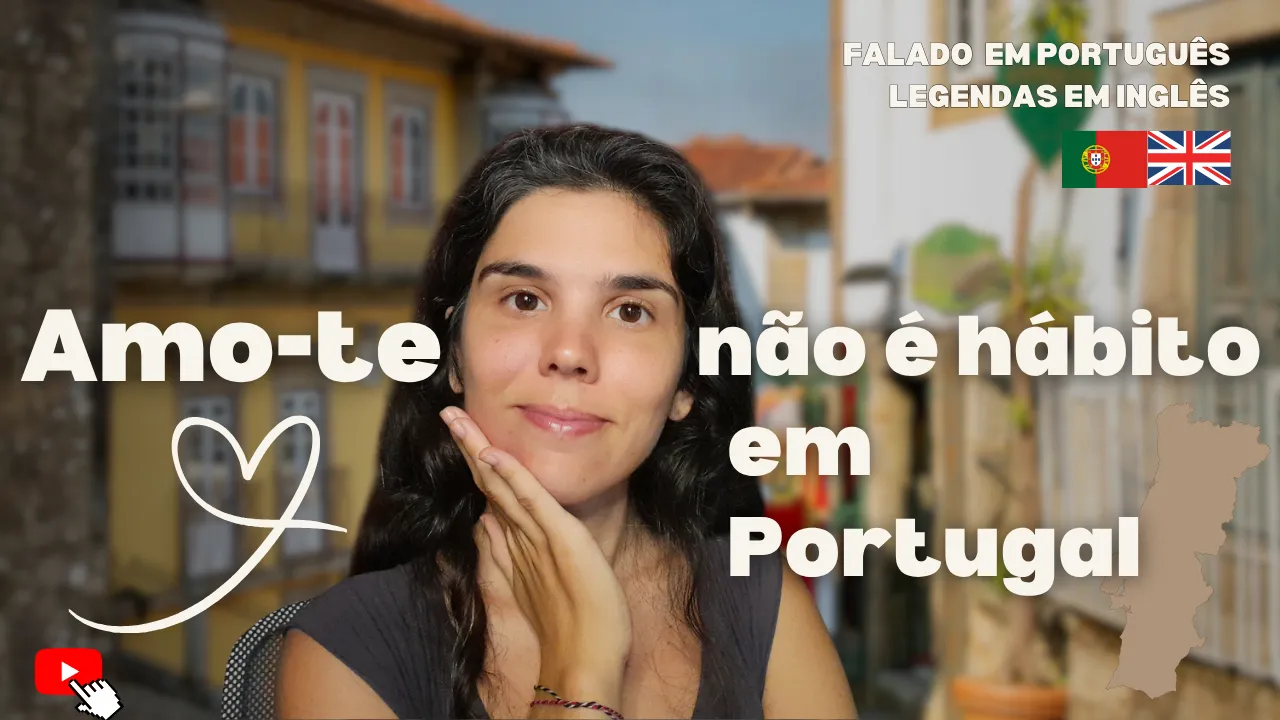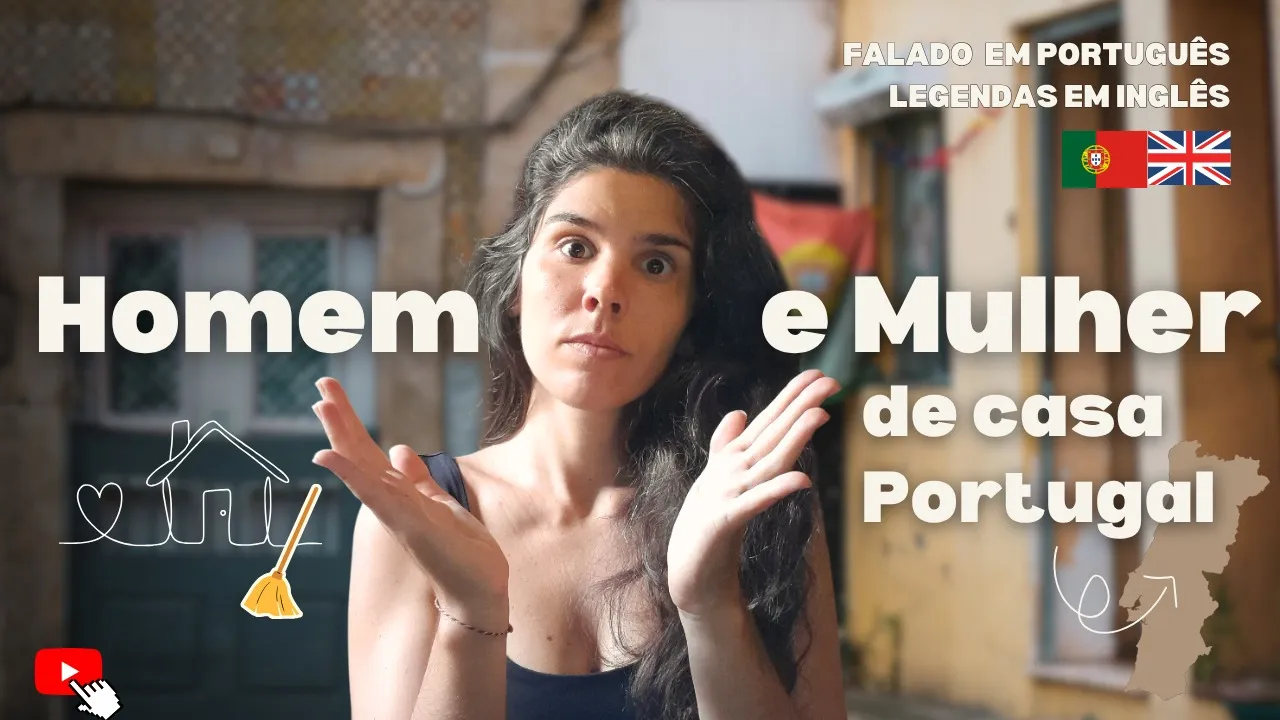
Why “I Love You” Isn’t Said Lightly in Portugal
If you’re learning Portuguese, you’ve probably encountered a phrase that feels deceptively simple: “Amo-te.” It’s the literal translation of “I love you” but in Portugal, you’ll rarely hear it.
Coffee in Portugal is not just a drink. It’s a ritual, a meeting point, and a cultural cornerstone that transcends generations, regions, and social classes.
From a quick chat with a neighbour to a deep conversation among friends, coffee is almost always part of the scene.
To say that coffee is part of daily life in Portugal would be an understatement. Even those who don’t enjoy the taste of coffee will often "go for a coffee" as a way of socialising. In fact, the phrase tomar um café (to have a coffee) can mean anything from catching up with a friend to holding a work meeting or going on a first date.
It’s also common to hear "pago-te um café" (I’ll buy you a coffee) as a gesture of comfort or friendship, especially when someone’s having a rough day.
In Lisbon, ordering an espresso means asking for a bica, a short, strong shot of coffee that packs flavour and energy in one sip. But the variety doesn't stop there. In fact, there are many different ways to drink coffee in Portugal, depending on how much water or milk you want. Here are a few of the most common examples:
Meia de leite: Equal parts espresso and steamed milk; creamy and smooth.
Galão: 1 part espresso, 3 parts milk, typically served in a tall glass.
Garoto: A small espresso with just a splash of milk.
Abatanado: A long espresso with extra water (similar to an Americano).
Carioca: A second extraction using the same coffee grounds, producing a lighter flavour.
Each region may have its variations or nicknames for these drinks, so it’s always worth learning the local lingo.
Ordering coffee in Portugal isn’t complicated, but knowing the terminology helps avoid surprises. For instance, if you simply ask for "um café," you’ll receive a bica by default. If that’s too strong, you might want a meia de leite or a galão instead.
This habit of tailoring your coffee order to your taste is part of what makes Portuguese coffee culture so nuanced and appreciated.
The role of the café goes far beyond the drink. Inspired by French literary salons of the 18th century, the first public cafés in Portugal became cultural and political meeting spots.
Famous venues such as Martinho da Arcada, Café Tavares, and the Marrare cafés in Lisbon served as informal academies of art, fashion, and intellectual debate. Thinkers like Almeida Garrett and Alexandre Herculano helped turn these cafés into hubs of Portuguese thought and creativity.
Today, these historic cafés stand alongside modern speciality coffee shops, merging tradition with innovation.
Portugal's connection to coffee also has historical depth. In the 18th century, Francisco de Melo Palheta introduced coffee plants to Brazil under King João V, transforming Brazil into the world’s top coffee producer. From Brazil, coffee spread to Portuguese colonies like Cape Verde, São Tomé and Príncipe, and Angola.
Angola became known for its Robusta beans, which made up 90–95% of its production.
São Tomé and Cape Verde were introduced to Arabica beans around 1800.
East Timor and Goa also played roles in the global Portuguese coffee trade.
In Portugal, coffee is much more than caffeine. It’s a social glue, a cultural tradition, and a ritual woven into the everyday fabric of life. Whether you’re sipping a bica at the corner café or catching up with a friend over a meia de leite, you’re participating in one of the country’s most cherished customs.
Next time you're in Portugal, don’t just grab a coffee, take a moment, sit down, and enjoy the environment around you and the culture that comes with every cup.

If you’re learning Portuguese, you’ve probably encountered a phrase that feels deceptively simple: “Amo-te.” It’s the literal translation of “I love you” but in Portugal, you’ll rarely hear it.

In one of my recent lessons, a student asked: “Is there a masculine version of dona de casa in Portuguese?” The answer? **Yes… and no.** This question opens up a much bigger conversation about language, gender roles, and culture, especially in the context of Portuguese society. Let’s dive in.

When it comes to drug laws, two words are often confused: legalization and decriminalisation. Many people believe drugs are legal in Portugal, but in reality, Portugal decriminalized drug use, not legalised it.
I’m Sofia, a European Portuguese teacher and artist. I offer engaging small-group intensives, personalized private lessons, and conversational practice designed to help you feel the language—not just study it.